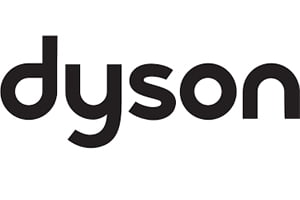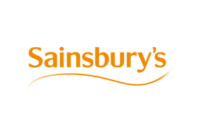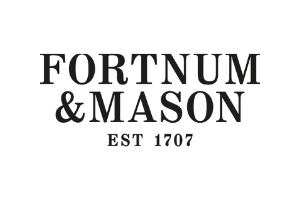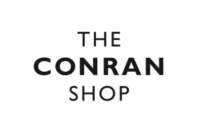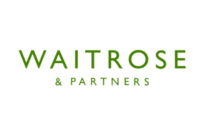The Retail Hive: Digital Café, 10th January
Last week, we were joined by a fantastic group of fulfilment and supply chain leaders for our first Retail Hive Café of the year.
Over the course of an hour, members discussed: automated warehouses; retaining and incentivising staff in an automated environment; finding the right partner; and shared their honest views and experience when it comes to investment in automation.
It was a hugely insightful meeting, so we’ve consolidated some of the key takeaways for you below…
Blending Humans and Robots
Some members have successfully deployed Locus robots within their warehouse setup, which are able to work effectively alongside humans and take out a lot of the legwork. To keep staff motivated, productivity is recorded for humans and robots alike to offer comprehensive performance monitoring.
There is a growing fear that robots may eventually replace humans in the warehouse, but our members agreed on the call that AMRs are “there to supplement, rather than replace staff”; AMRs are hybrid in the sense they can operate in uncontrolled environments, but still require human supervision. “People will always be required, the job just becomes different.”
One member likened AMRs to electric cars in that they are still relatively novel and exclusive, and there is limited data on their long-term efficacy which can result in financial hurdles. That being said, “the really interesting part is that AI is rapidly growing. What extra lens is that going to add to the capability that AMRs provide?”

Selecting the Right Partner
By going with one provider, you might be locking yourself into a system that isn’t going to be the right fit in the long run. “It’s less about the partner and more about the type of technology you’re looking for.”
Having an integration layer between WMS order files and the robots themselves may be the best approach to take as this can offer much more flexibility to brands. Moreover, it enables brands to connect to different solutions. One member shared that for their automation journey, it was critical to have an interface where they could plug in multiple solution providers that could then talk to each other with ease—although this doesn’t come without its own set of challenges, such as issues with workload and open tickets.
There are lots of automation tools and providers out there, so it’s crucial to ask: what are you really trying to achieve? For example, one member explained how they rolled out automation in their warehouse to improve productivity, but ended up with availability issues further down the line.
One thing for certain is that before selecting a partner, you must have a clear goal in mind. “It’s about what the problem is you’re trying to solve first of all, and then managing expectations. On the flip side, if you don’t get it right, then it can become a huge bottleneck. And if you’re in a business that is changing rapidly, then it can be very restrictive as well.”


Burning Questions
A question that arose during the discussion was: how do robots disrupt shared spaces? For instance, one member discussed how they use a site alongside a major fashion brand, and they can’t put all of their stock out there. In areas where robots are operating, the number of SKUs is restricted.
Brands must consider the end-to-end impact of automation—encompassing upstream and downstream processes—and allocating the right space is crucial. “The solution is only going to be as good as the supporting areas.”
Members went on to discuss different types of automation and the bigger picture. Whilst AMRs can boost productivity, “big-box, traditional automation can offer great density of storage, better throughput per square foot, enable rationalisation in your network, and allow more control over stock.”
On the other hand, you might have a 15-20 year investment with this type of automation, meaning it’s less flexible and “can act as a hindrance as businesses evolve”; ASRS solutions are advancing, and mass standardisation is seemingly key for certain retail avenues, such as grocery retailers.
As new technology emerges, brands are looking at how they can incorporate this into their business. Peak might just be the place to start, but as one member remarked, “peak and automation is a whole other area…”
Join Us Next Time!
We’ll be continuing the conversation at our upcoming meetings, so be sure to book your place to make your voice heard. Hope to see you there!
